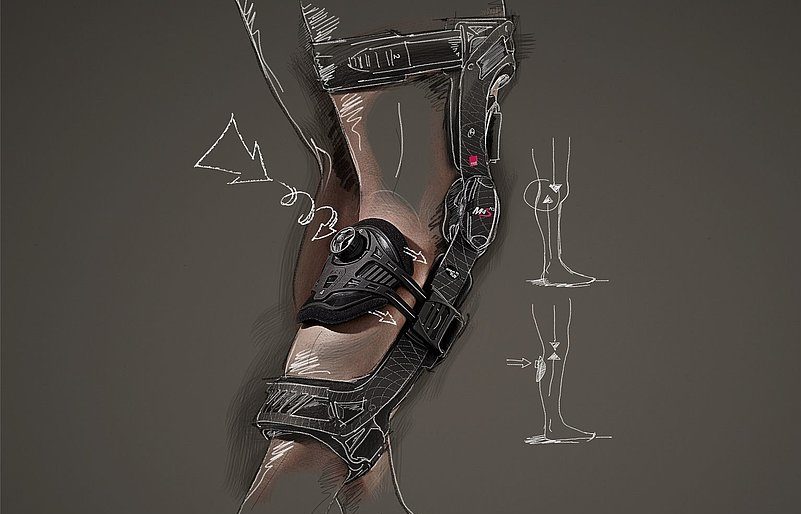Braces
A thoracolumbar spinal orthosis (TLSO) is a plastic body jacket to immobilize the thoracolumbar spine, although that term describes any type of orthosis that encumbers the trunk, ranging from soft corsets to metal braces to strap and pad designs that affect pathologies ranging from back pain to scoliosis to fracture. Scoliosis, a condition describing an abnormal curvature of the spine, may in certain cases be treated with spinal orthoses, such as the Boston brace and Charleston bending brace.
Knee Orthosis
Knee orthosis (KO) is a brace worn to strengthen the knee. The brace is worn around the knee and works by relieving pressure off the part of the knee joint that is affected by ailments such as arthritis or osteoarthritis. They can also offer support for the knee and provide the stability needed to perform daily activities. Knee braces may also help to properly align the knee to help reduce osteoarthritis pain. If pain or instability is experienced, a knee brace might be the right choice. They are not meant to treat arthritis, injury, or osteoarthritis on their own, but are used as a portion of the full treatment along with medicines and physical therapy. They are beneficial in a number of different areas and when used properly, an orthopedic brace such as a knee brace can be incredibly helpful for an athlete to stay in peak performance. Individuals who cannot undergo surgery can also consider the usage of a knee brace to help them handle the pain and discomfort experienced as symptoms of injury or of a permanent condition of disability. Although a knee brace cannot be a substitute for orthopedic surgery, it can be effective for people who are too young to undergo it. They are also effective in cases where only one side of the knee is experiencing the pain. This type of condition can develop if a person’s alignment is not correct and weight is being placed on one side of the knee more than the other.


